
Saint Jacques Church
Perros-Guirec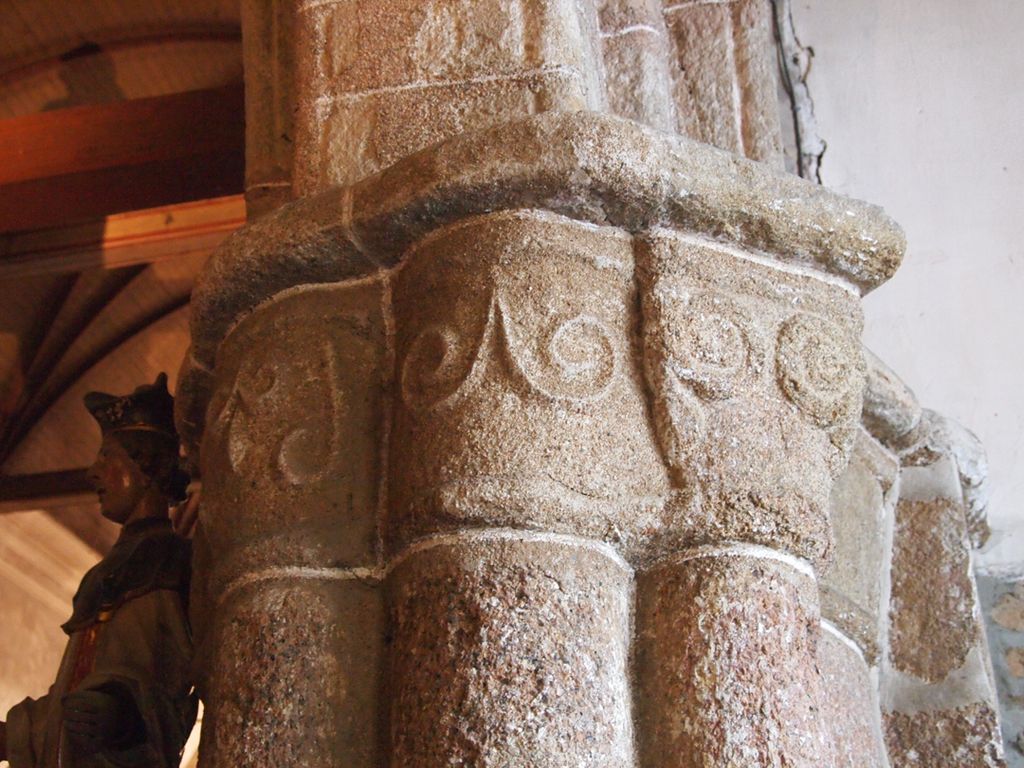
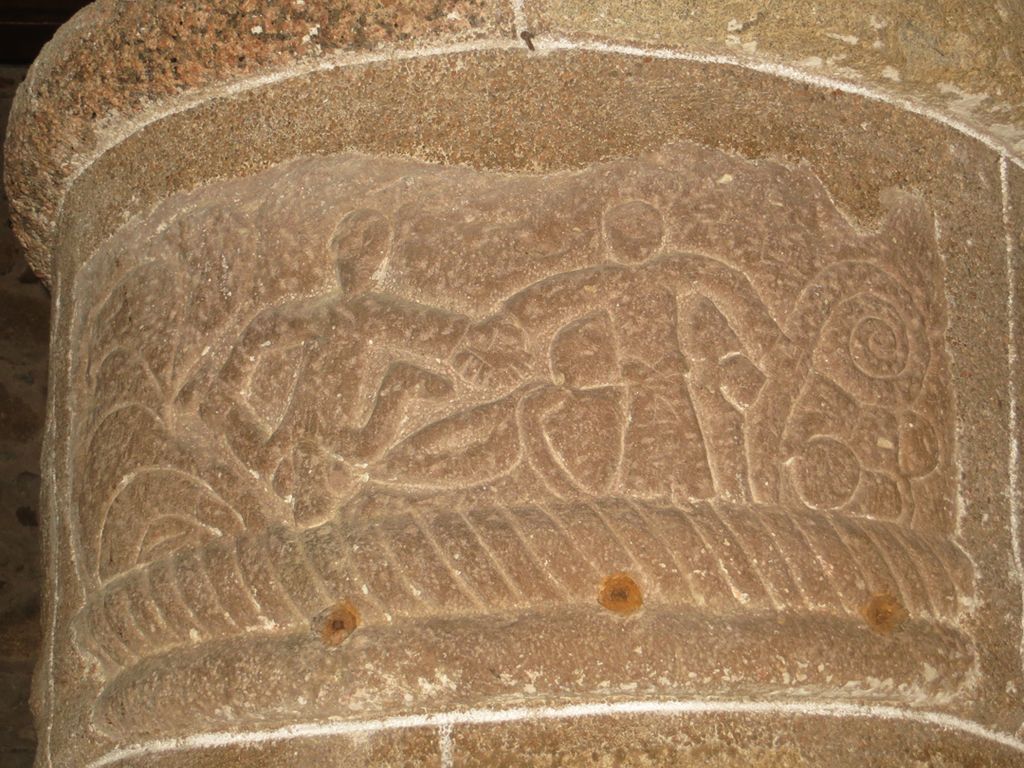
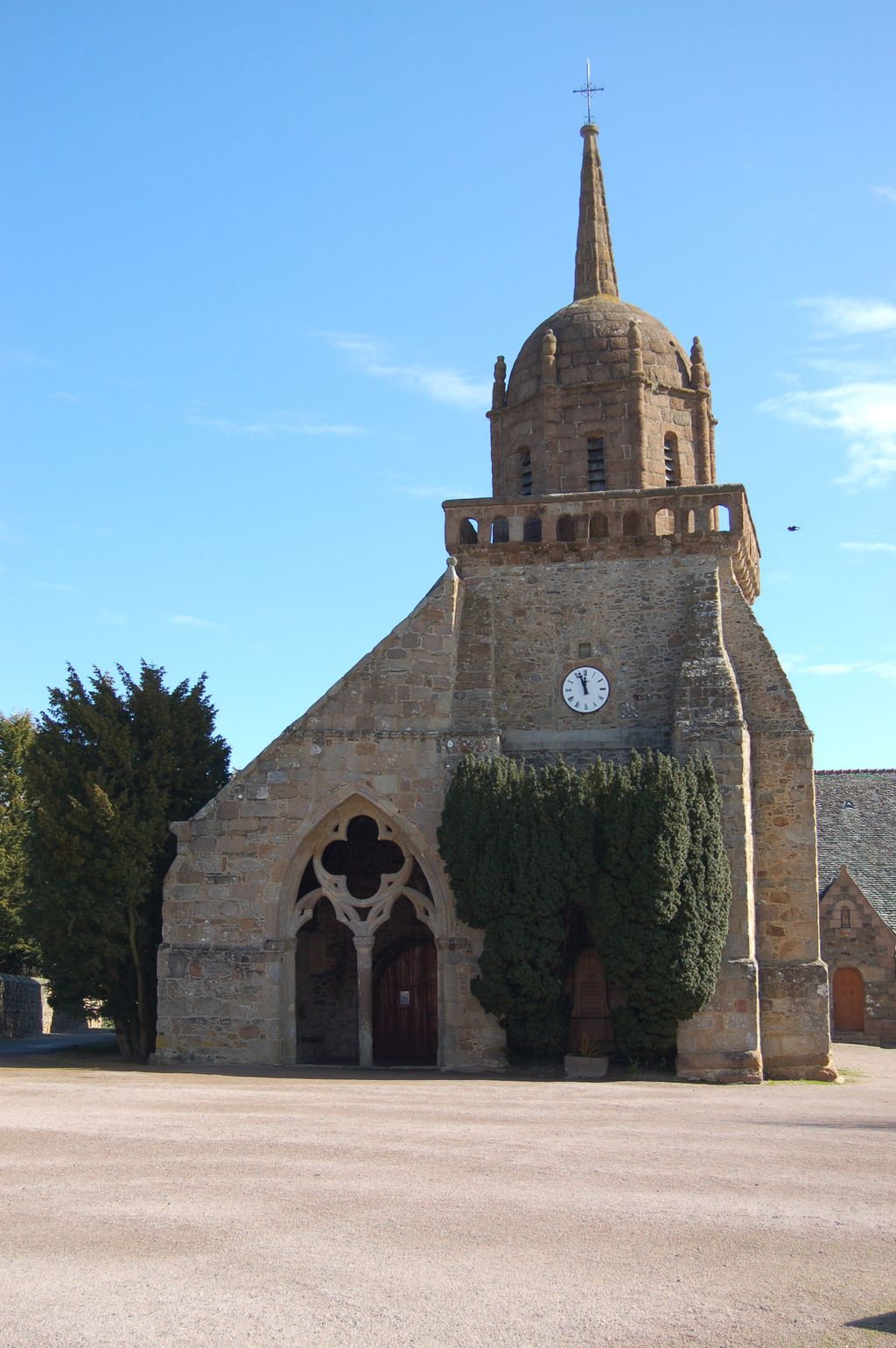
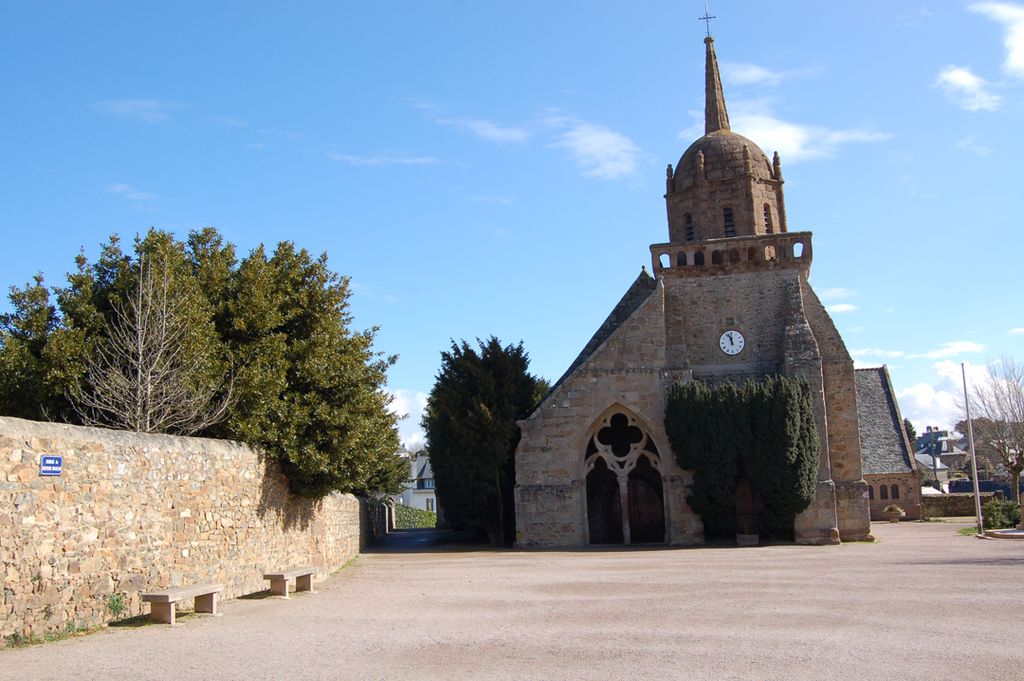
About
Construction of Saint Jacques Church began in the eleventh century using granite from the area and further construction followed over the years, resulting in today's patchwork of architectural styles. During your visit, you will see the nave, the south door and the columns with carved capitals, superb examples of Roman art. The fourteenth century square tower and Gothic nave and the spire on top of the seventeenth century dome are also worth a look. Finally, the frieze of carved octopuses, unique in Roman art, and the sculpture of the Nativity, the oldest in the whole of Brittany, are impressive.
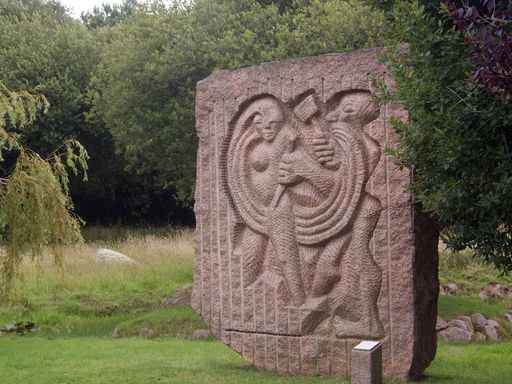

Christian Gad et Daniel Chee Park, and the Roche des Poètes
Perros-Guirec
This park is dedicated to the memory of two quarrymen and displays granite used in an unusual way. This noble material, the basis for unique poetic landscapes, has inspired many artists over the...  See
See
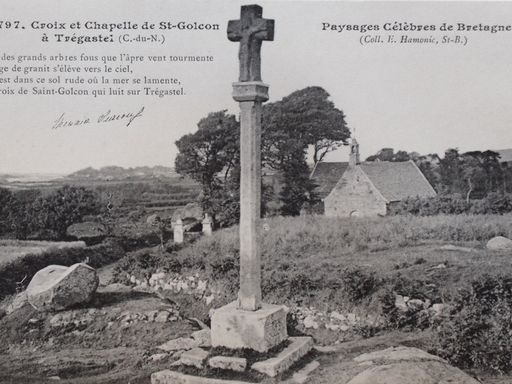

Golgon
Trégastel
In the sixteenth century, the lords of Lannion ordered the chapel to be built near to a sacred fountain. The building was enlarged at the start of the eighteenth century by the De Launay-Nevet...  See
See
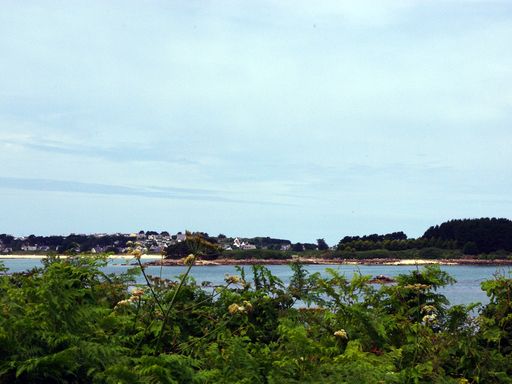

Keryvon
Pleumeur-Bodou
Walking along the beach at Keryvon, you will find a landscape shaped by the tides and by a special geological history. The presence of yellow sand and black rocks gives the area an unusual...  See
See


Goas Lagorn Valley
Trébeurden
A nature conservation area, Goas Lagorn Valley is surrounded by the cliffs of Pors Mabo and Beg Légeur. Here you will find a landscape of extensive pastures and a flaura and fauna of recognised...  See
See



